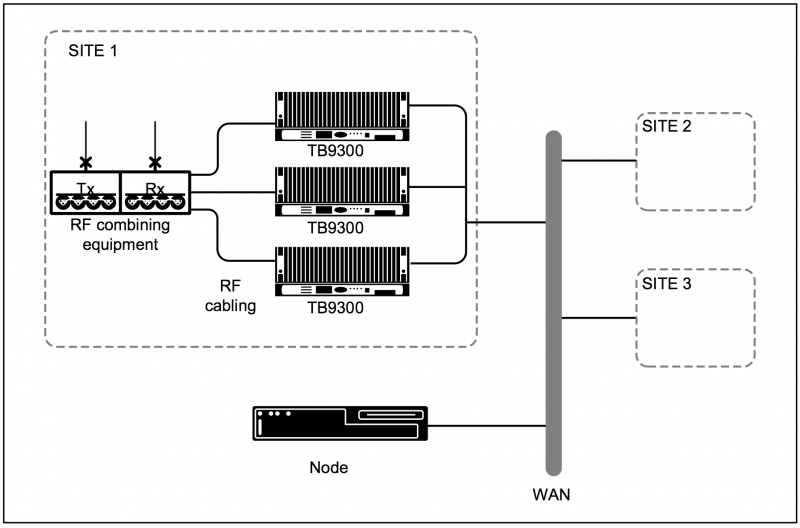Introduction to DMR
DMR Network Architecture
DMR Node Architecture
In a DMR network, there are nodes with two functions, a control node and a switching node.
There is only one control node in a network. In a multi-node network, the lowest numbered node is the control node.
The control node validates all call requests, sets up and clears down all calls, and sends call control messages and routing instructions to the base stations. All nodes in the network can also function as switching nodes.
The switching nodes are used to transfer audio data between the base stations (as per the control node instructions). In a single-node network, the node fulfils both functions. Having more than one node in a DMR network allows for higher numbers of nodes spreads the load of voice traffic, keeping queue times down, and if the control node fails, the next lowest numbered switching node will take over as the control node.
Every node needs a node controller. The node controller performs IP packet switching, call control and network management functions. It handles inter-channel calls and connections to dispatchers and third party IP interfaces.
 Radio Academy
Radio Academy






